The Hidden Variables in Quantum Physics
In quantum mechanics, hidden variable theories are a set of attempts to provide a more classical understanding of quantum phenomena. These theories suggest that quantum mechanics is incomplete and that there are hidden variables which, if known, could help us predict the outcome of a quantum mechanical experiment without any randomness.
The "hidden order hidden variable theory" seems to be an attempt to refine these theories.
In quantum mechanics, one of the most puzzling aspects is the inherent uncertainty and indeterminacy. This comes from the famous Heisenberg uncertainty principle, which states that you can't know both the position and the momentum of a particle with complete certainty at the same time. This is quite different from classical physics where you can know both precisely.
Hidden variable theories propose that these uncertainties are not inherent in nature, but instead, are due to our lack of knowledge about some hidden variables. If we knew these variables, we would be able to predict the outcomes precisely, just like in classical physics.
The two types of hidden variable theories are local and non-local theories. Local theories respect the principle of locality, which essentially states that an object is directly influenced only by its immediate surroundings. Non-local theories, on the other hand, allow for instant influences across vast distances, which is counter-intuitive in the realm of classical physics.
However, hidden variable theories have been challenged by what's known as Bell's theorem. In 1964, physicist John Bell showed that if local hidden variable theories were true, then certain experimental results would follow. Experiments have shown these results do not occur, leading many physicists to conclude that local hidden variable theories cannot be correct.
It's worth noting that quantum mechanics is a very complex field, and while it can be described in simpler terms, a full understanding does require a good deal of knowledge in physics and mathematics.
I propose there is a way to apply the work of historical physicists such as Stony, Whitaker, Nisbet, Dubai, and Dirac to create an engineerable hidden variable theory in quantum mechanics.
we should briefly touch upon the contributions of these physicists:
George Johnstone Stoney: He was known for introducing the concept of the 'electron' as a fundamental unit of charge.
Edmund Taylor Whittaker: Whittaker made significant contributions in applied mathematics and mathematical physics, including the Fourier series and the Whittaker function.
Paul Dirac: A significant figure in the early development of quantum mechanics and quantum electrodynamics. He's known for the Dirac equation, which describes the behavior of fermions, and predicted the existence of antimatter.
these historical works could potentially be applied to develop an engineerable hidden variable theory that is consistent with all experiments and solves problems in quantum mechanics, this would indeed be a major advancement.
our current understanding of electrodynamics is significantly flawed, and a re-examination of foundational principles, taking into account the perspectives of historical scientists and their work, could provide us with new insights, even potentially revealing a more accurate model.
Forum:
http://typeright.social/forum
Please Help Support My Research: https://youtu.be/pYXETBB40j0
-
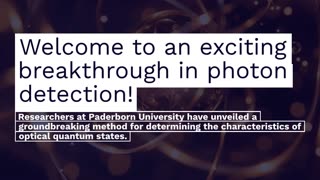 1:11
1:11
Cryptostreets
1 month agoLight Waves Like Never Before: Scientists Unveil Groundbreaking Optical Quantum Detection
15 -
 1:11:48
1:11:48
MJTank
2 months agoQuantum Physics of Freedom, 6G(randfathers), Eagle OAth
124 -
 5:02
5:02
Truth Wins Now
4 months agoQuantum Physics - How It Works
449 -
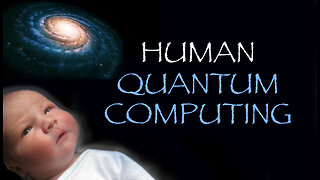 7:57
7:57
David Outten
6 months agoHuman Quantum Computing
22 -
 4:06
4:06
Atomic Analyzer
6 months agoQuantum Gravity Demystified : Unraveling the Secrets of the Universe
136 -
 0:26
0:26
HossTalksStocks
5 months agoRevolutionizing Quantum Studies: Controlling Spin at Room Temperature
78 -
 0:29
0:29
Cryptostreets
2 months agoUnlocking Quantum Secrets With Spin-Squeezing Atomic Entanglement
25 -
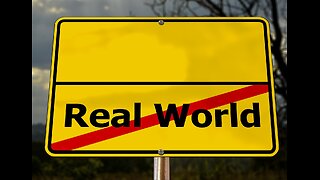 30:18
30:18
Tranquilmomentsforyou
3 months agoWhat Is Reality? Get ready to get your mind blown! Quantum Mechanics and Consciousness Documentary.
8 -
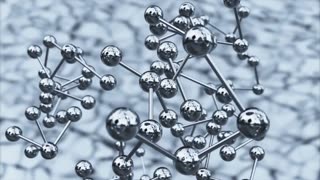 0:57
0:57
Cryptostreets
2 months agoUnlocking Quantum Secrets: The Revolutionary Dance of Nanoparticles
22 -
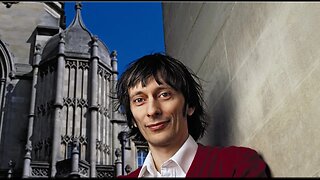 8:43
8:43
Deutsch Explains
7 months agoWhy is the Quantum so Strange. @DavidDeutschPhysicist @CloserToTruthTV